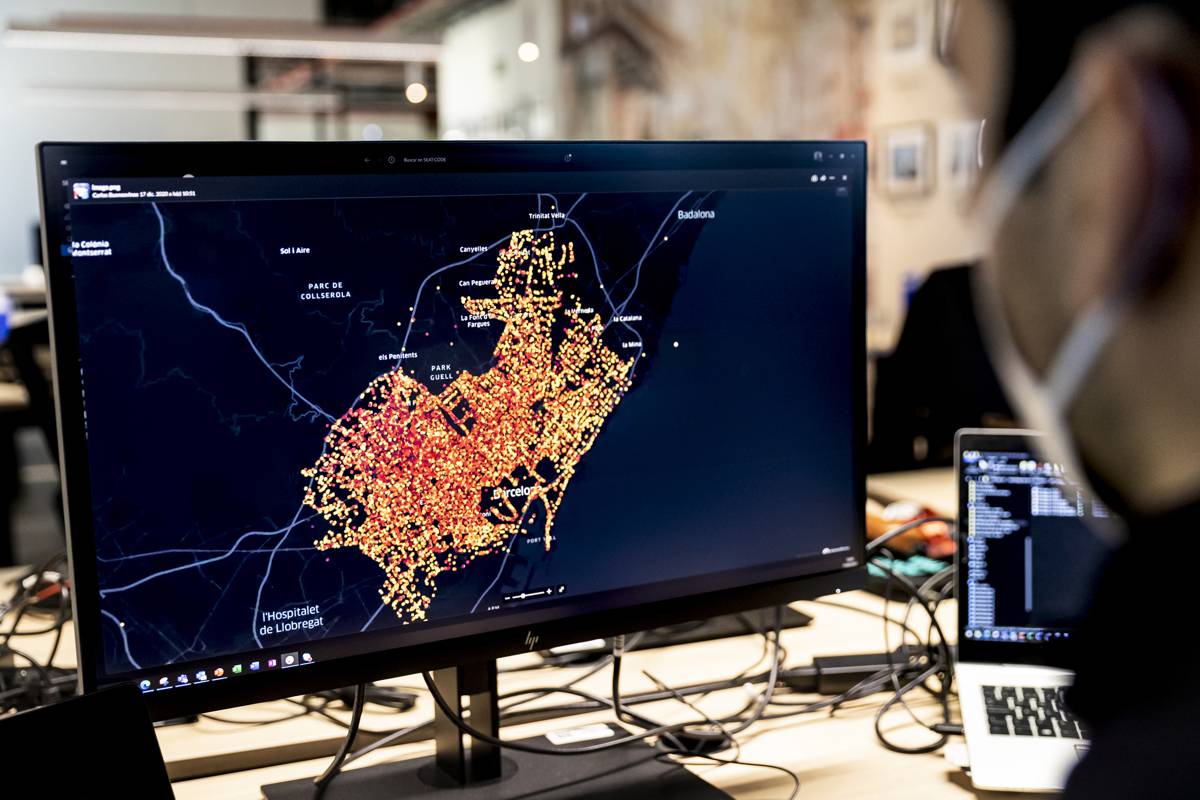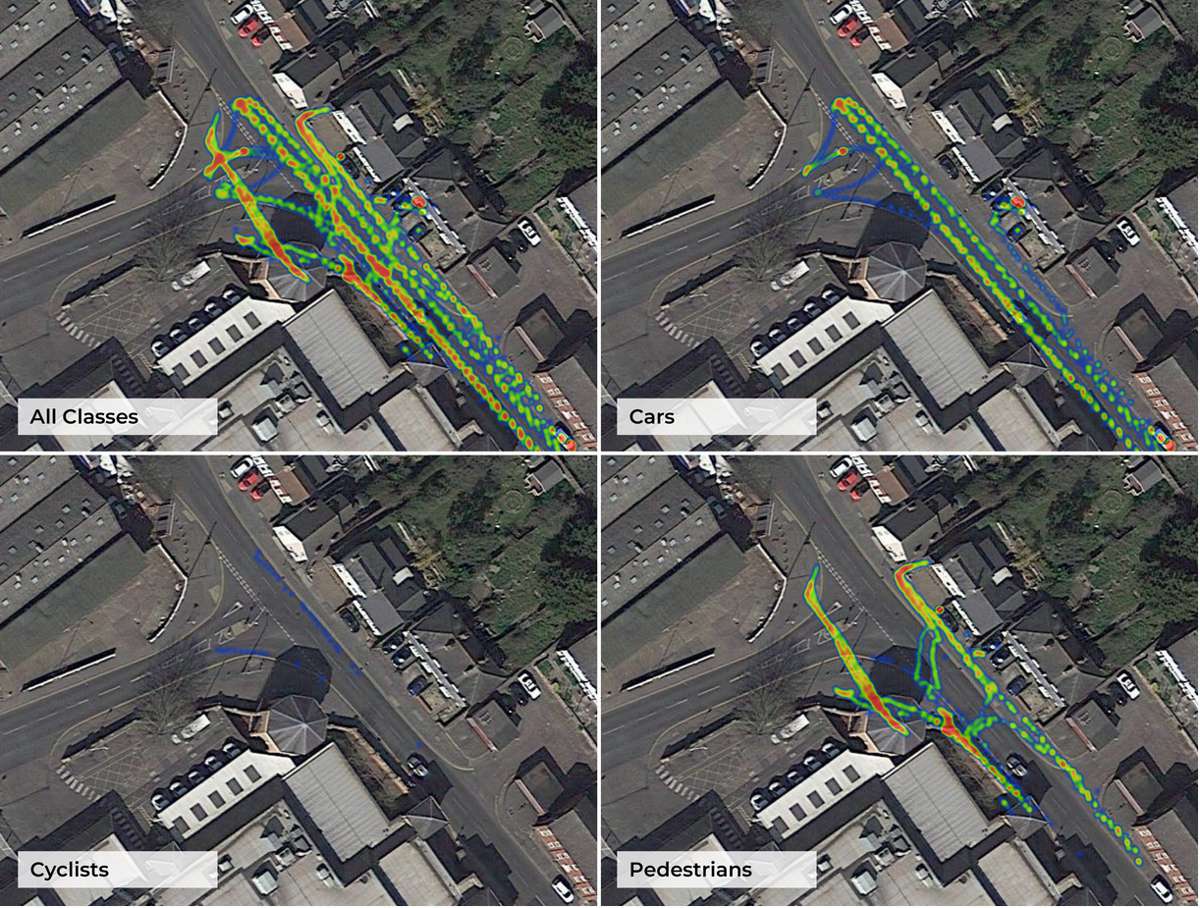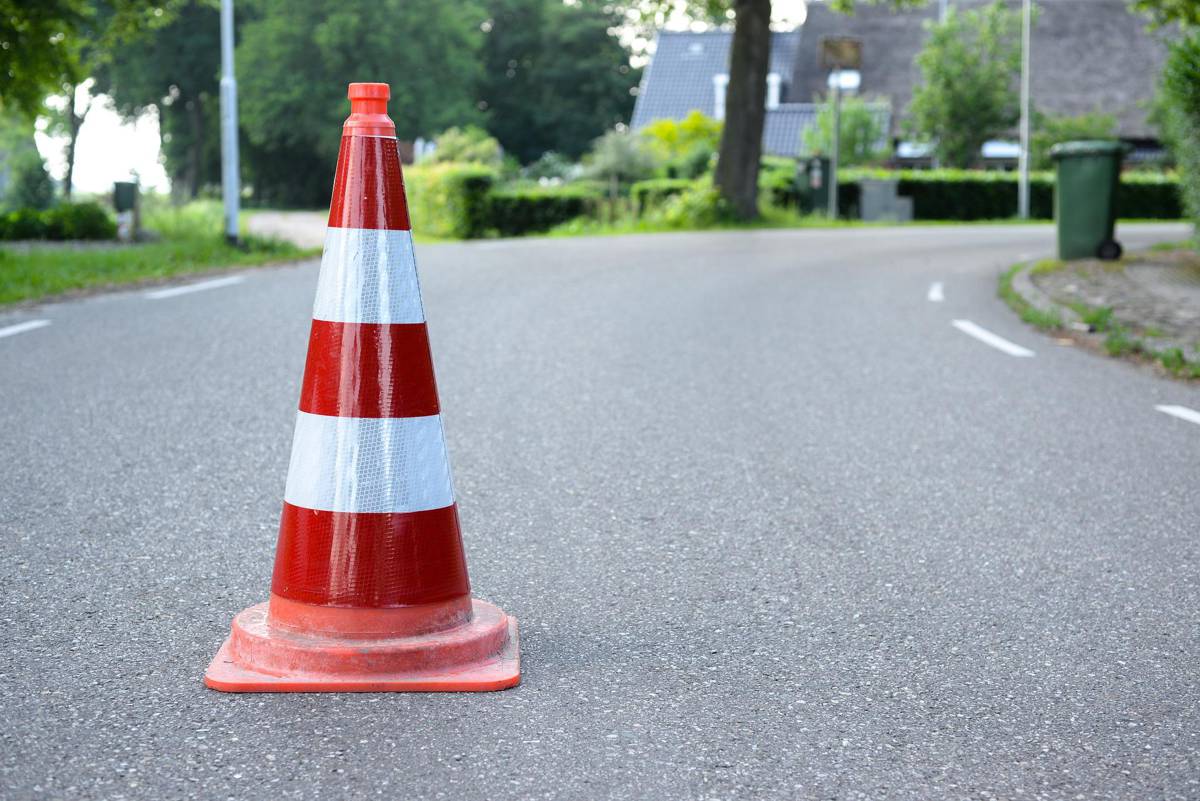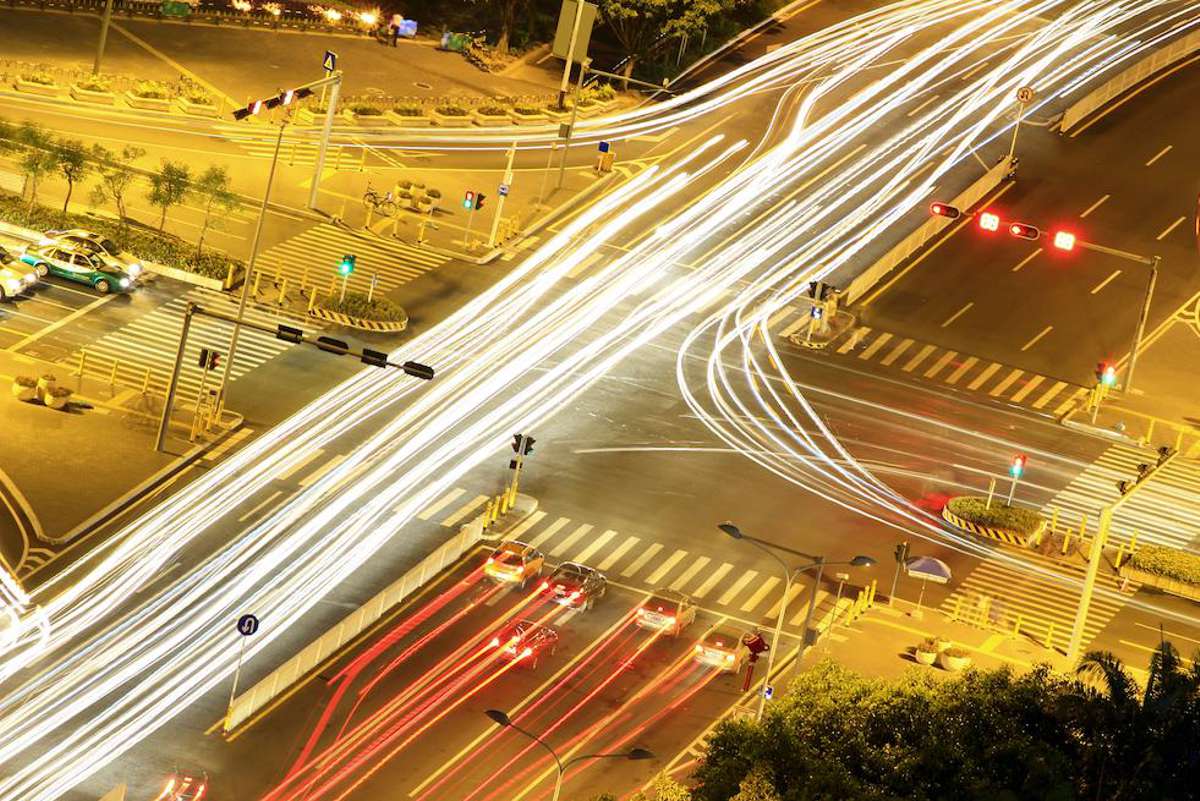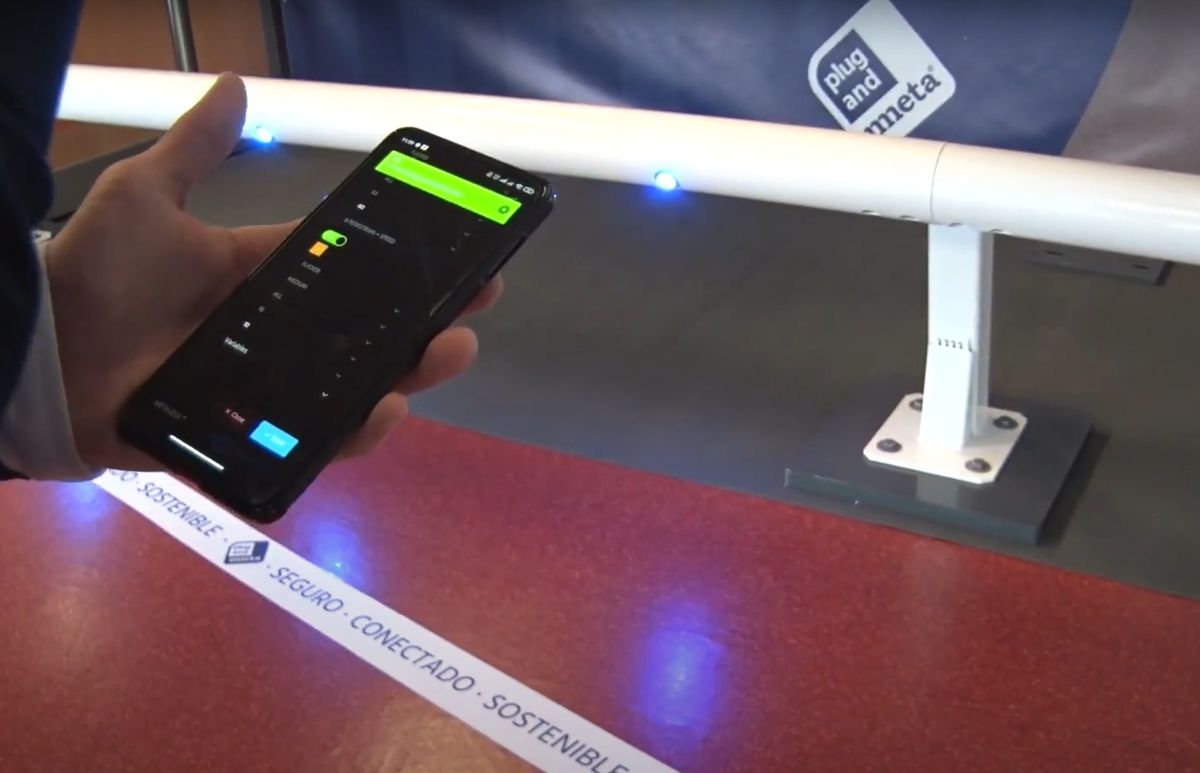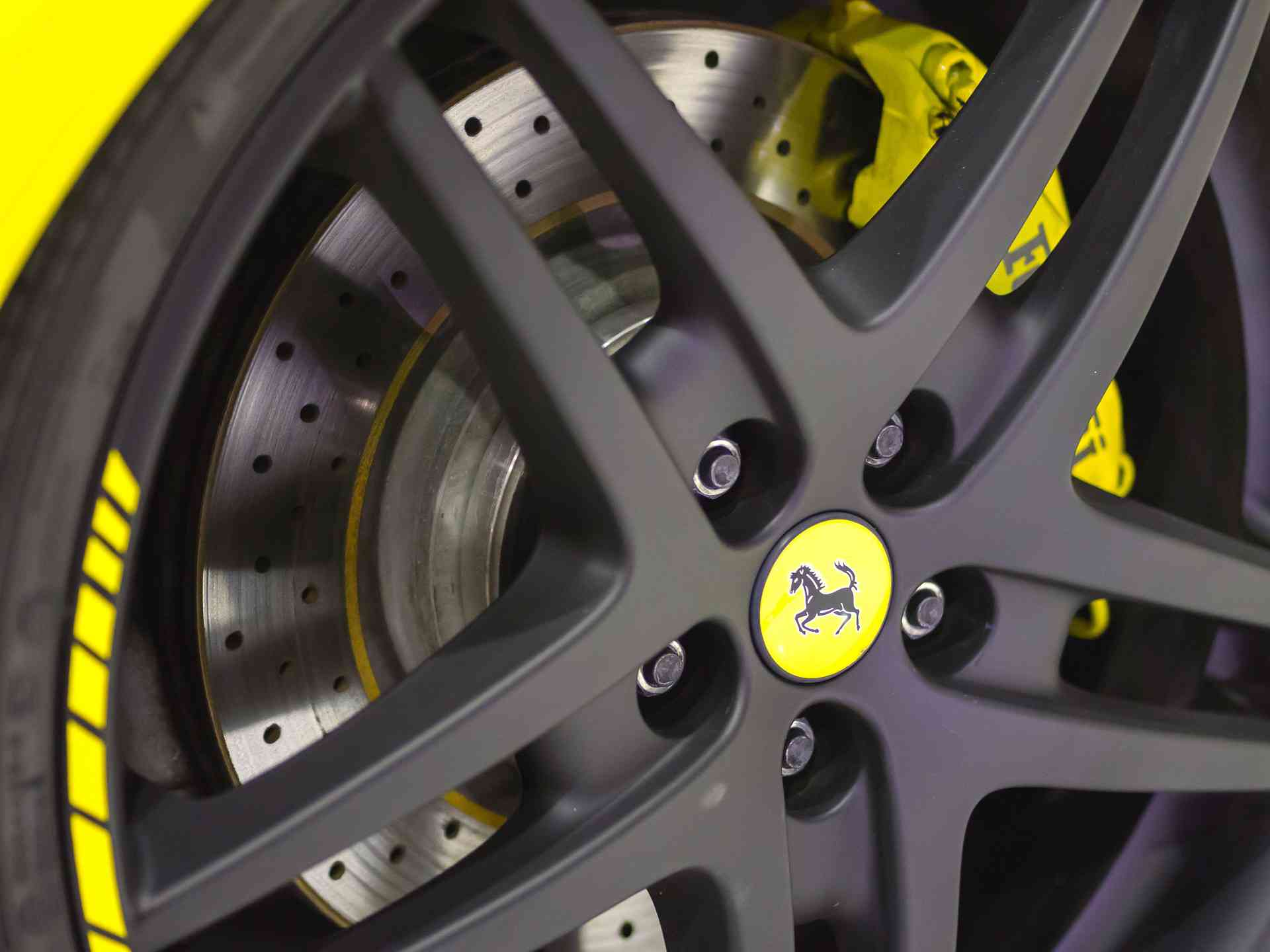Road safety benefiting from Big Data
Whenever we drive a connected car, dozens of gigabytes of data are generated anonymously and collected by its numerous sensors and electronic components, such as traction control, stability control, the front camera and radar.
By adding this data to the information obtained from other vehicles, for example, sections of roads all over Europe that are in need of repair can be located. How does this happen? The team at the new SEAT Data Office is responsible for getting and processing this huge volume of information: “by analysing it, we can detect cases of use that help all citizens, especially in terms of safety, which is what we are most passionate about” says Carlos Buenosvinos, one of the people in charge.
Data on the move. When you step on the accelerator or raise or lower a window, the electronic units that control them emit signals that are sent to a server in the cloud, via a 4G connection. “The first challenge for the Data Office team is to gather these large volumes of information. Then we have algorithms, mathematical and statistical techniques to process them and draw conclusions” says Carlos. And it’s all based on 100% anonymised data. “It’s impossible for us to know which vehicle or which person the data comes from. In fact, what we’re interested in is generic data that tells of trends in road conditions” Carlos explains.

Frontline observers. Data from traction control, stability control, brakes and the temperature of our vehicles tell us about all those conditions that affect tyre contact with the road, from accumulated water, ice or snow to broken or worn pavements. “With all this information we contribute to the generation of Europe-wide friction maps, which we can either share with navigation services that alert drivers to potential dangers on the road or with infrastructure operators who use them to ensure the proper maintenance of the road network” explains Víctor Monserrate, who also heads the SEAT Data Office. “Not only will they react faster, but they will do so more efficiently, as they won’t need to constantly scour the roads for incidents” he adds.
Data that illuminates. The analytics of all the information coming from light sensors can identify those roads that are too dark. “If we’re able to know where a vehicle is, at what time of day and how much light is falling on it, we’ll know where the lighting on the road needs to be improved; information that we can provide to the relevant authorities to improve road safety” says Carlos.
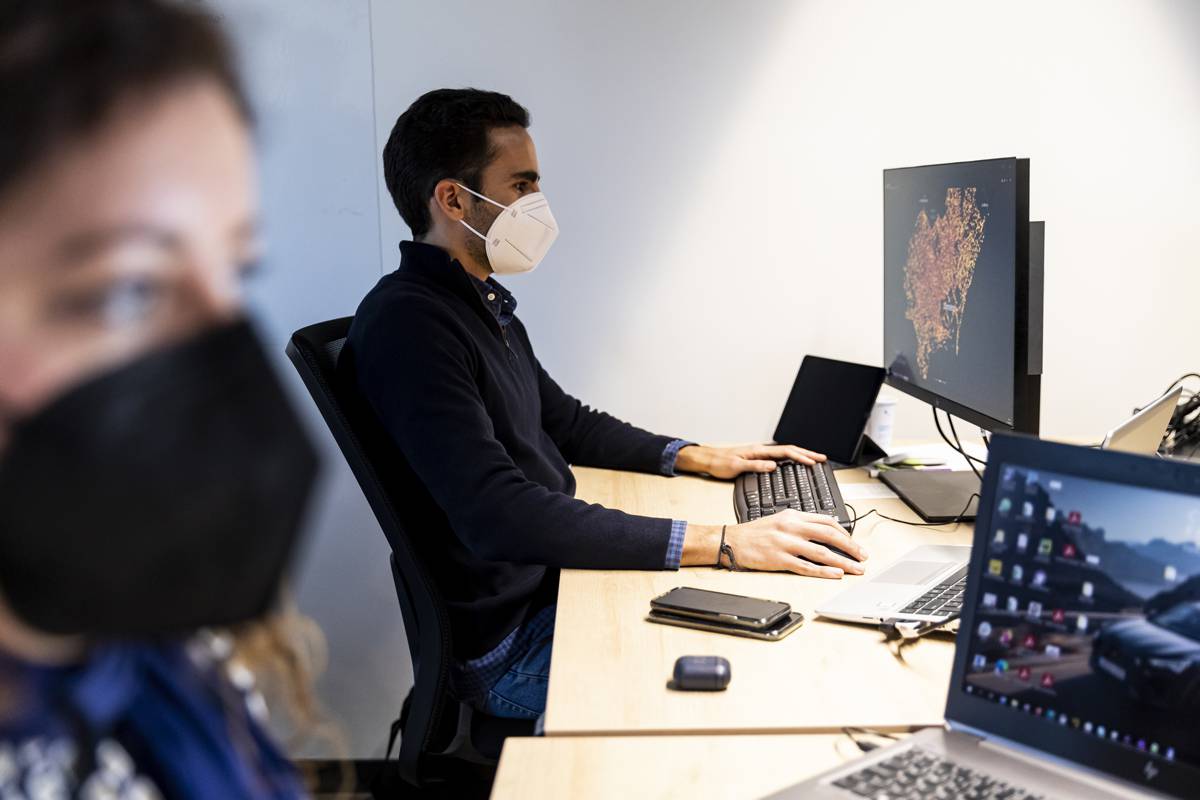
A controlled environment. The data from the front cameras and sensors let us know the availability of parking spaces on the street, the flow of traffic or if there is an obstacle on the road in real time, information which is very useful for navigation and emergency services. Another example is traffic sign detection. If the car relies not only on its camera, but also on the cameras of other vehicles and coordinates with historical information, it will be able to know that at a particular point there is, for example, a STOP or a solid line, even if it is not visible at that moment for whatever reason. “As we move to higher levels of autonomous driving, we’ll need to make double, triple or quadruple sure that we have perfect control of all the surroundings” says Víctor.
The future comes in data. For Víctor, the challenge is to move from treating data as a means to treating it as an asset, with inherent value. “With the arrival of autonomous cars and 5G, the generation of data will increase exponentially, and with it the value we can extract in the form of new products and services” he says. “The more information we have, the closer we can be to our customers. We’ll understand them better and be much more sensitive to their needs and motivations” Carlos adds.
Far-reaching possibilities for projects. The data analysis of connected cars is just one of the fields in which the new SEAT Data Office is working. This multidisciplinary team is also working on optimising the company’s operations by analysing the data processed by its more than 1,000 IT systems. “Our goal is to use data to optimise internal processes, reduce costs, define future strategies and devise new business models” Víctor explains. “In the long term, we’ll be able to use all this knowledge to contribute to a better society and a more productive industrial ecosystem” concludes Carlos.
